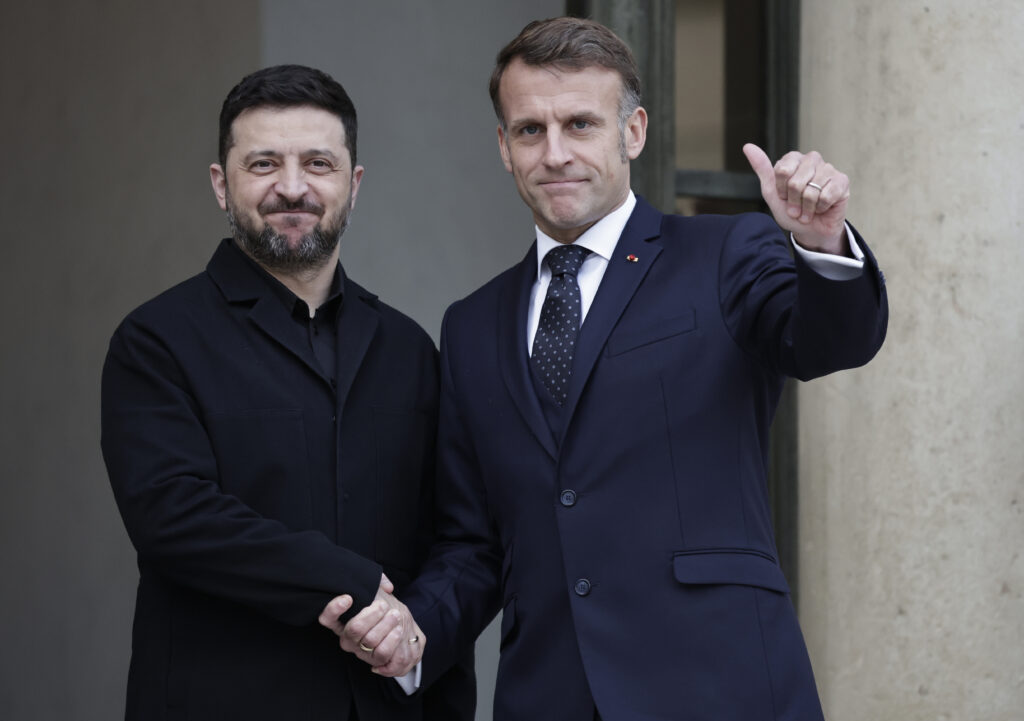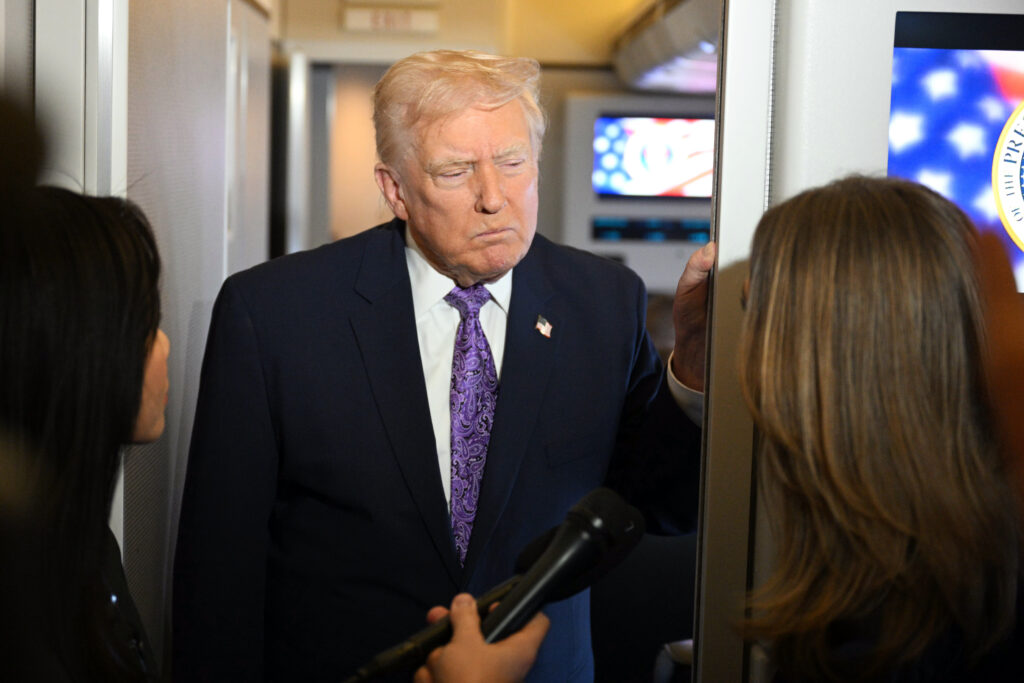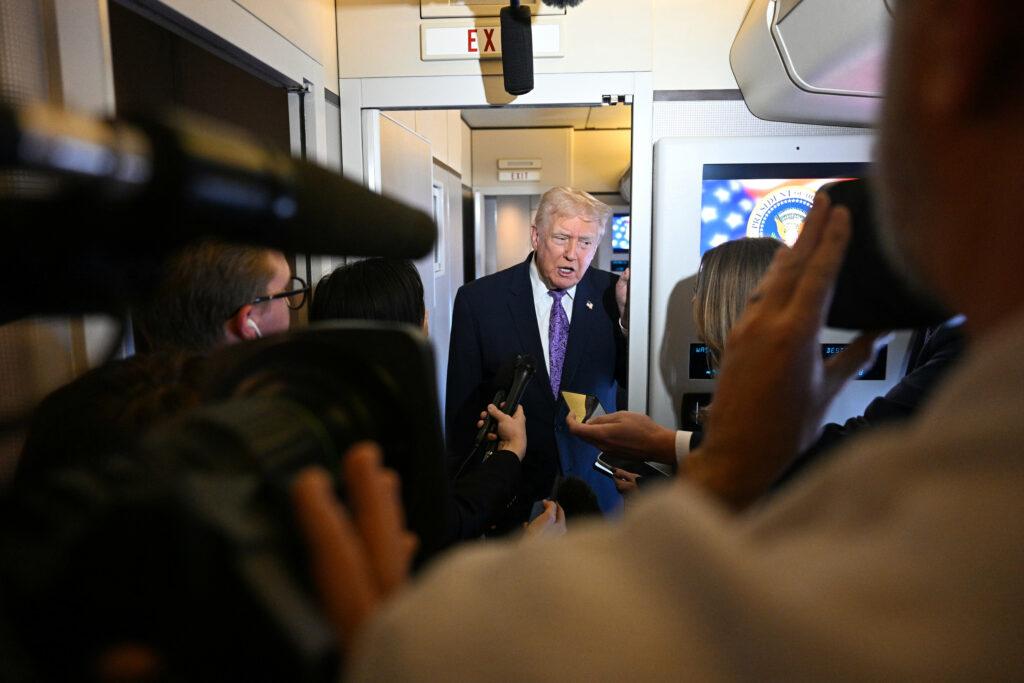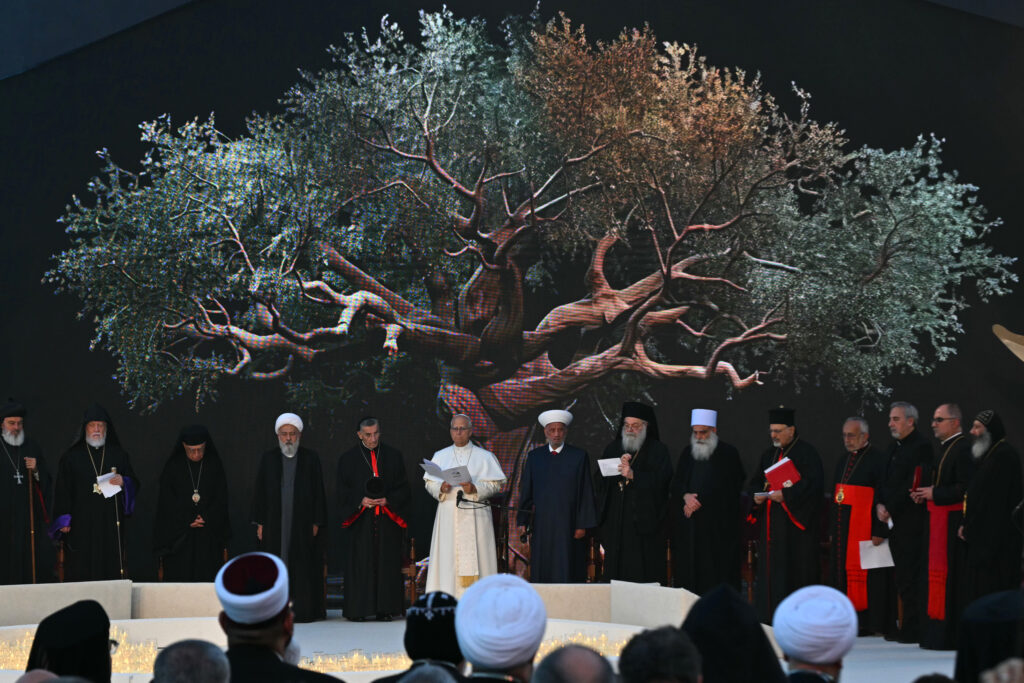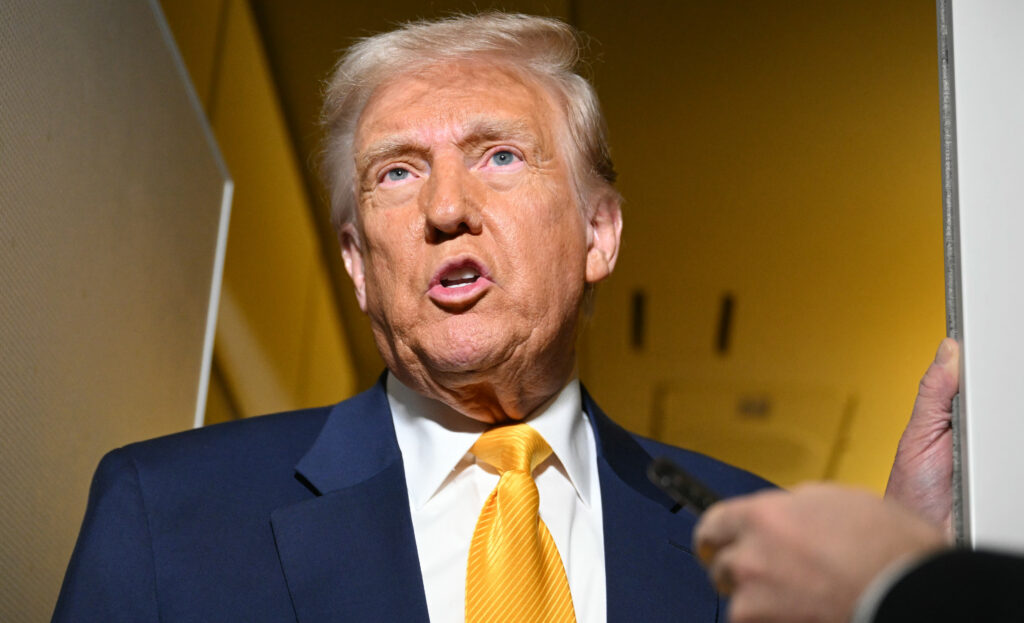US upbeat on pushing Ukraine deal as envoy heads to Russia
The United States said Monday it was optimistic about pushing through a controversial deal to end the war in Ukraine as President Donald Trump’s envoy headed to Moscow.Steve Witkoff, Trump’s business partner turned roving emissary, is set to meet Tuesday with Russian President Vladimir Putin, whose military on Monday claimed a key town in Ukraine more than three years after he ordered the invasion.”I think the administration feels very optimistic,” White House Press Secretary Karoline Leavitt told reporters.Ukrainian President Volodymyr Zelensky was seeking support from European allies who fear that the US plan — drafted without input from Kyiv or Europe — reads like a wishlist for Moscow.But Ukraine’s negotiator Rustem Umerov said “significant progress” had been achieved in two days of talks with Witkoff and other US officials in Florida, even though more work was needed on “challenging” issues.Zelensky was flying to Ireland for an in-person briefing from Umerov after talks in Paris with President Emmanuel Macron.More than three-and-a-half years into Russia’s full-scale invasion, an AFP analysis of data from the US-based Institute for the Study of War (ISW) showed that the Russian army last month made its biggest advance in Ukraine since November 2024.The situation for Kyiv has been further complicated by a corruption scandal that has rocked Zelensky’s inner circle and forced the dismissal last week of his top negotiator and chief of staff, Andriy Yermak.”We are expecting a conversation with the president of the United States on key issues that are quite challenging,” Zelensky said in Paris.He said Russia had stepped up missile and drone strikes on his country to “break” the will of Ukrainians.”This is serious pressure, not only psychological but also physical pressure on our population,” Zelensky said.Macron said the current moment “could be decisive for the future of peace in Ukraine and security in Europe.”Zelensky insisted Russia should not receive any concession that “it could consider as a reward for this war.””The aggressor must pay for the aggression,” he said.Zelensky and Macron spoke by telephone to Witkoff and Umerov in Florida, the Elysee Palace said, while Zelensky’s talks in Paris also included phone conversations with other European leaders, including British Prime Minister Keir Starmer. The flurry of communication continued with a call between Macron and Trump later Monday in which they discussed “next steps in the mediation efforts” and the French president “particularly emphasized the central importance of security guarantees necessary for Ukraine,” according to the Elysee.- ‘Highest’ pressure -Washington’s initial 28-point proposal to halt the war would have seen Kyiv withdraw from territory it still controls in its eastern Donetsk region and the United States de facto recognize the Donetsk, Crimea and Lugansk regions as Russian.After talks in Geneva, the United States updated the original blueprint, but the current contents remain unclear.EU foreign policy chief Kaja Kallas expressed concern over the planned Putin-Witkoff meeting, saying she feared “all the pressure will be put on the weaker side, because that is the easier way to stop this war when Ukraine surrenders.”Macron emphasized that “there is currently no finalized plan on the territorial issues, strictly speaking. It can only be finalized by President Zelensky.”He also hailed new US sanctions on the Russian energy industry as a “game changer,” saying that in the next weeks he expected pressure on the sector to be “the highest since the beginning of the war”.- Biggest advance in a year -The diplomatic push comes as the war — which has killed tens of thousands of civilians and military personnel and displaced millions of Ukrainians — shows no sign of easing.Russia claimed on Monday to have captured Pokrovsk, a key logistics hub that Ukraine had been defending.A Russian missile attack killed four people and wounded nearly two dozen others on Monday in the central Ukrainian city of Dnipro, the regional governor said.By the end of November, the Russian army controlled, fully or partially, 19.3 percent of Ukrainian territory, according to the analysis of data from the ISW, which works with the Critical Threats Project.burs-sjw-sct/iv
